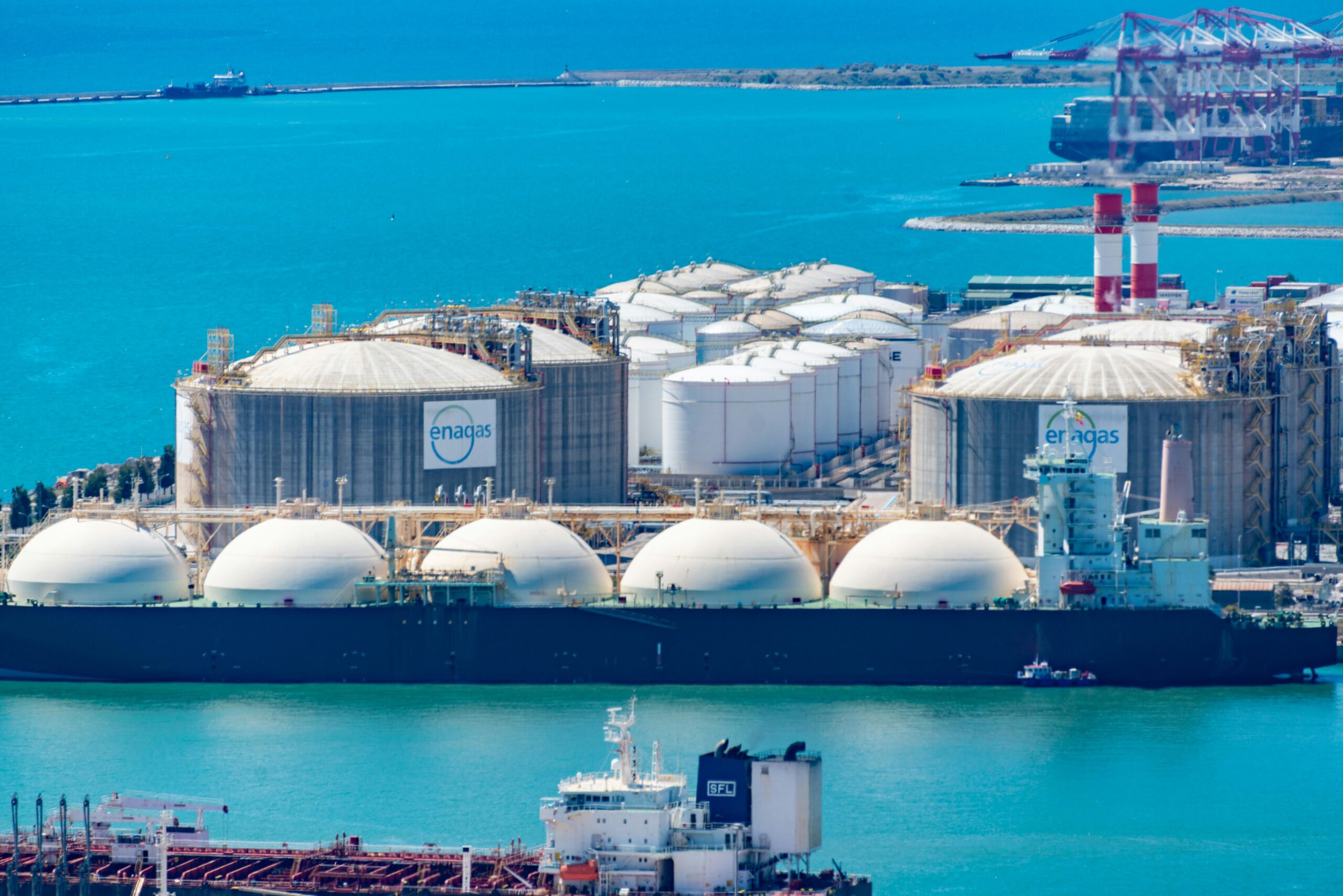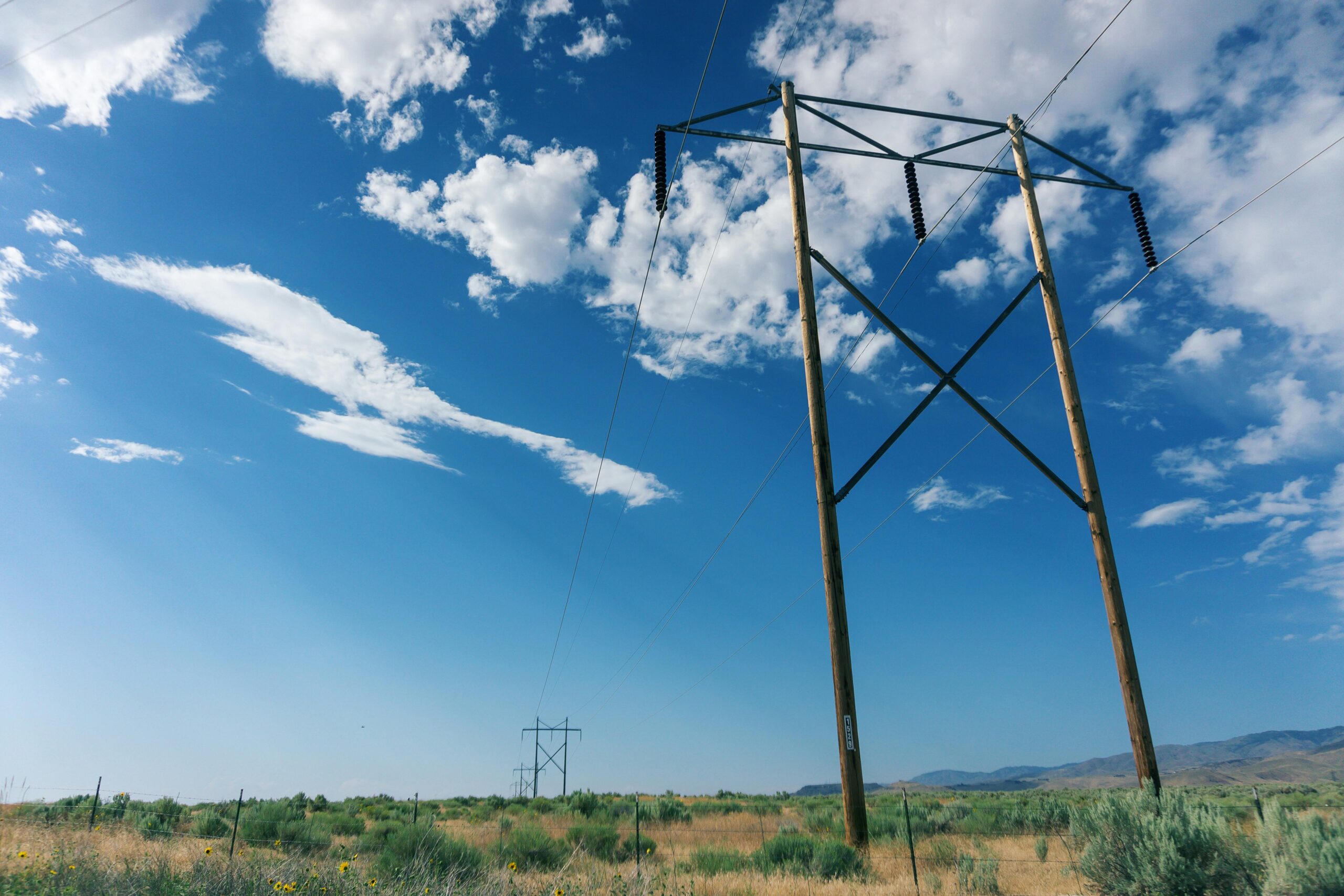
What is (FEED) Front -End Engineering and Design?
Introduction
FEED, or front-end engineering and design, is a process of developing the technical and economic aspects of a project before the final investment decision. FEED is typically used for large-scale and complex projects, such as oil and gas facilities, power plants, or infrastructure projects. FEED aims to reduce the risks, costs, and uncertainties of the project by defining the scope, specifications, schedule, and budget of the project in detail.
Benefits of FEED
FEED can provide many benefits for project owners, contractors, and stakeholders. Some of the benefits are:
- FEED can improve the quality and reliability of the project by ensuring that the design meets the technical, safety, environmental, and operational requirements.
- FEED can optimize the project performance and efficiency by selecting the best technologies, materials, and methods for the project.
- FEED can enhance project management and control by establishing clear roles, responsibilities, and deliverables for the project team.
- FEED can increase the project profitability and viability by estimating the capital and operating costs, revenues, and returns of the project.
- FEED can facilitate project financing and approval by providing a solid basis for the investment decision and securing the necessary permits and licenses.
Challenges of FEED
FEED can also pose some challenges for project owners, contractors, and stakeholders. Some of the challenges are:
- FEED can be time-consuming and costly, as it requires a high level of expertise, resources, and data collection.
- FEED can be subject to changes and variations, as it depends on the availability and accuracy of the information, the market conditions, and the stakeholder feedback.
- FEED can be affected by the project complexity and uncertainty, as it involves multiple disciplines, interfaces, and risks.
Conclusion
FEED, or front-end engineering and design, is a vital process of planning and designing a project before the final investment decision. FEED can offer many advantages for project success, such as improving the quality, optimizing the performance, enhancing the management, increasing the profitability, and facilitating the financing of the project. However, FEED can also present some difficulties for the project execution, such as being time-consuming, costly, changeable, and uncertain. Therefore, FEED requires a careful and comprehensive approach that balances the technical, economic, and social aspects of the project.

Lets get started
Discover how our commissioning software can transform your project management. Contact us today for a personalized consultation and demo!



